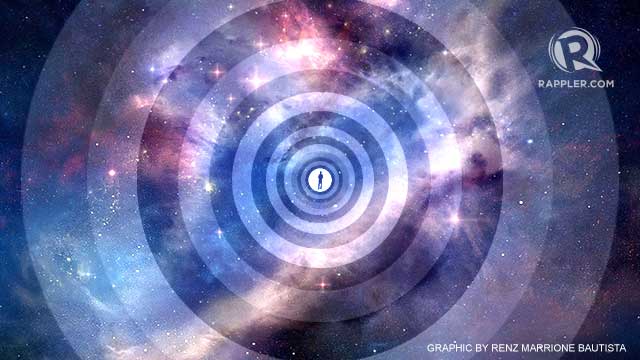SUMMARY
This is AI generated summarization, which may have errors. For context, always refer to the full article.
 Olinda is unlike any other space anyone dead or alive has ever known.
Olinda is unlike any other space anyone dead or alive has ever known.
At first, it is invisible, until you examine it through a magnifying glass. No bigger than a pin’s head, if you zoom in, you will be enchanted by the roofs, horse race tracks, pools, kiosks and streamers across the streets.
But then again, visit it at a later time, and it would have grown by an order of magnitude, this time, as big as a lemon and then later, a plate. But it does not stop there as it grows into a city without diminishing the cities before it. The ancient walls expand and within the walls, you find more walls that make up smaller, older cities.
And it keeps multiplying, maintaining its proportions, like an infinite bunch of balloons sharing an ancient center. That is Olinda – a city in author Italo Calvino’s imagination. It is from his book, Invisible Cities (1972).
Invisible Cities inspires the imaginations of architects and city designers. But the first time I read it over 10 years ago, I thought it was also a most beautiful way to describe for the lay, one theory of the universe: The Inflation Theory.
The scientific community has been in consensus for a while now that the universe started about 13.8 billion years ago in the biggest and most original bang of all time, which was The Big Bang. However, we didn’t know yet how the universe got from there to this staggering vastness in such a short amount of time. To this, we may have just found the answer.
In 1979, a physicist named Alan Guth, initially speculated that in the trillionth of a trillionth of a trillionth of a second after the Big Bang, the massive energy contained in it began to rip across the space-time it was creating. The universe came to be not by expanding into pre-existing space (there was none!) but it created space-time in all directions (still is!) within that tiny fraction of a second.
He called this the Inflation Theory because so much space was created in a relatively short amount of time. Guth’s idea of the universe is something like Calvino’s Olinda.
This “ripping” caused “creases” or gravitational waves to make “imprints” on the light which we now detect as microwave background radiation also known as “echoes from the Big Bang.” These echoes have already been detected a few times before.

Last Monday, March 17, a team of scientists from the Harvard-Smithsonian Center for Astrophysics led by Dr John Kovac, announced they had detected the ancient “creases” in the fabric of space-time.
These “creases” were the gravitational waves that were necessary to confirm Guth’s Inflationary theory. They did this using telescopes in the South Pole which could detect “polarized” light, i.e., light that twisted light a certain way because of gravitational waves.
“Light” here is not visible light but microwave background radiation, an echo from the Big Bang, whose first, serendipitous discovery in 1965, won Arno Penzias and Robert Wilson the Nobel Prize in 1978.
The deep excitement about this discovery is not only because gravitational waves have been detected which would explain the universe we have now. If confirmed, as is required in science, the implications would be mind-blowing.
If the original “pin-sized city” had enough power that burst forth in all directions and if from such an ounce of that fireball, the universe that we know now has sprung, then ours may not be the only one! There must be other universes from that stuff! There could be many Olindas as Calvino’s Olinda too was many Olindas.
This could be a revolutionary point in the history of our understanding, like in Copernicus’ insistence that the Earth was not the center of the solar system and its subsequent confirmation.
This time, more seriously, we think of our own universe as probably not the only privileged entity spawned by the original fireball. Giordano Bruno, who was burned at the stake by the Catholic Church for insisting even after being tortured, that there must be other worlds out there, would probably be floating in ecstasy with this recent discovery that the “worlds” may not just be planets but other universes.
Everyday, I face traffic where the battle is over inches of asphalt. But for now, with a curled up dog beside me who, incidentally, is named “Gravity,” I imagine myself as a tiny molecule of air living inside a bubble. Zoom out, and our bubble hangs like a miniscule pulp among a multitude of pulps in a pomegranate fruit – a multiverse of Olindas.
We may be tiny creatures in constant physical and metaphorical gridlock but the universe that holds us all continues to create more space and is doing this even faster than before. One day, maybe we will wise up and grow with it. – Rappler.com
Maria Isabel Garcia is a science writer. She has written two books, Science Solitaire and Twenty One Grams of Spirit and Seven Ounces of Desire. Her column appears every Friday and you can reach her at sciencesolitaire@gmail.com.
Add a comment
How does this make you feel?
There are no comments yet. Add your comment to start the conversation.